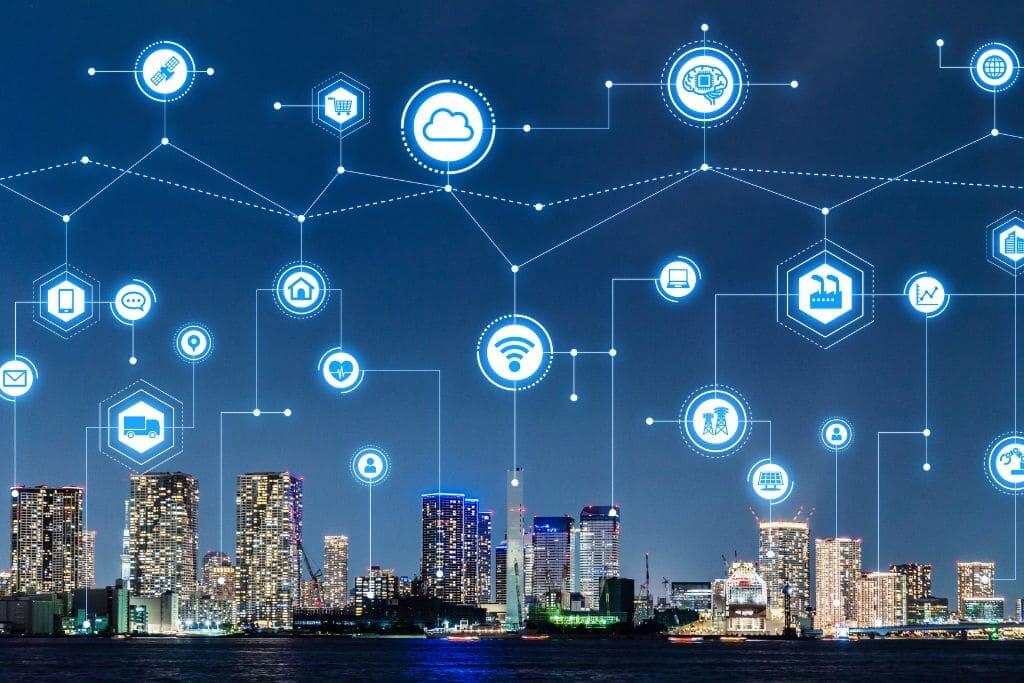Smart city projects are rapidly transforming urban landscapes across the globe, offering innovative solutions to enhance the quality of life for residents and create more sustainable urban environments. By leveraging advanced technologies such as Artificial Intelligence (AI), the Internet of Things (IoT), and data analytics, cities are becoming more efficient, resilient, and livable. These initiatives are not merely about technological upgrades; they represent a fundamental shift in how cities are planned, managed, and experienced.
One of the most significant impacts of smart city projects is the improvement of urban mobility. Smart transportation systems, powered by real-time data and AI, are optimizing traffic flow, reducing congestion, and promoting the use of public transportation. For instance, cities like Singapore have implemented integrated transport systems that seamlessly connect buses, trains, and autonomous shuttles, making it easier for residents to navigate the city. In Amsterdam, smart parking solutions utilize sensors and mobile apps to guide drivers to available parking spaces, reducing traffic congestion and pollution. These advancements not only save commuters time but also contribute to a reduction in carbon emissions, fostering a greener environment.
Beyond transportation, smart city projects are revolutionizing resource management. AI-powered systems are optimizing energy consumption, water usage, and waste management, leading to greater sustainability and reduced environmental impact. Smart grids, for example, monitor electricity flow and anticipate demand, allowing for more efficient distribution of energy. In the realm of waste management, smart sensors in trash bins can detect when they are full, optimizing collection routes and reducing fuel consumption. These initiatives are crucial in addressing the challenges of urbanization, where resources are often strained by growing populations.
The integration of technology in smart cities also extends to public services, enhancing the overall quality of life for residents. Digital platforms and citizen-centric applications are streamlining access to government services, healthcare, and education. Telemedicine, predictive health analytics, and efficient hospital management systems are revolutionizing urban healthcare delivery, making it more accessible and efficient. In public administration, digital platforms are enhancing transparency and strengthening governance, empowering citizens to participate more actively in decision-making processes.
However, the development and implementation of smart city projects are not without their challenges. Data privacy and cybersecurity are major concerns, as the collection and dissemination of vast amounts of data can pose risks to individual privacy and security. High implementation costs can also be a barrier, particularly for cities with limited resources. To address these challenges, it is crucial to implement robust data protection measures, ensure the security of smart city systems, and foster community engagement. Customized approaches that take into account the specific needs and context of each city are also essential for successful adoption.
Looking ahead, the future of smart cities is promising, with ongoing advancements in AI, XR and other technologies paving the way for even more innovative solutions. Digital twins and the citiverse, for example, are creating immersive virtual environments that support city planning, predictive maintenance, and operational efficiency. These technologies offer cities the ability to innovate in a risk-free digital space, allowing them to test and refine new solutions before implementing them in the real world.
In conclusion, smart city projects are having a profound impact on urban environments worldwide, enhancing the quality of life for residents and creating more sustainable communities. By leveraging technology and data-driven solutions, cities are becoming more efficient, resilient, and livable. While challenges remain, the potential benefits of smart cities are undeniable, and ongoing innovation promises to further transform urban landscapes in the years to come.

















